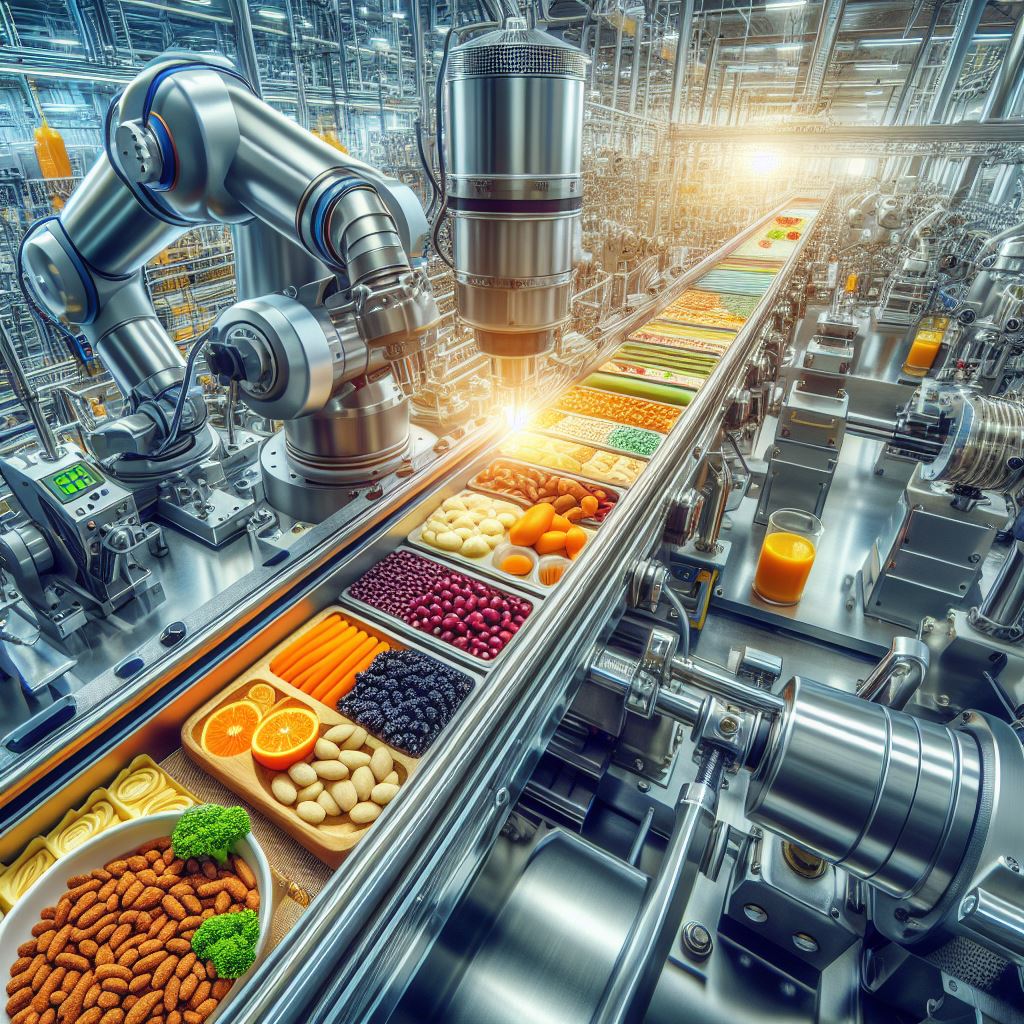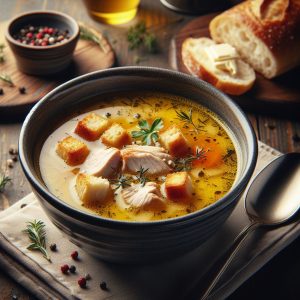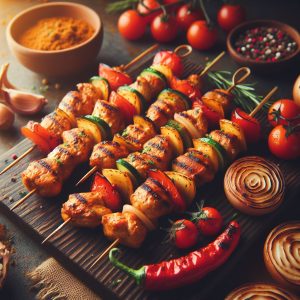The Rise of Food Robotics: Revolutionizing the Culinary World
In recent years, the intersection of technology and the culinary world has given rise to a remarkable field known as food robotics. This emerging industry is transforming the way we prepare, serve, and consume food. With the integration of artificial intelligence, machine learning, and computer vision, food robotics is reshaping various sectors of the food industry, including restaurants, catering services, and food manufacturing. In this article, we will explore the origins of food robotics, its current applications, and the exciting possibilities it holds for the future.
We are going to make delicious Chicken Noodle together at LANDIYUM.
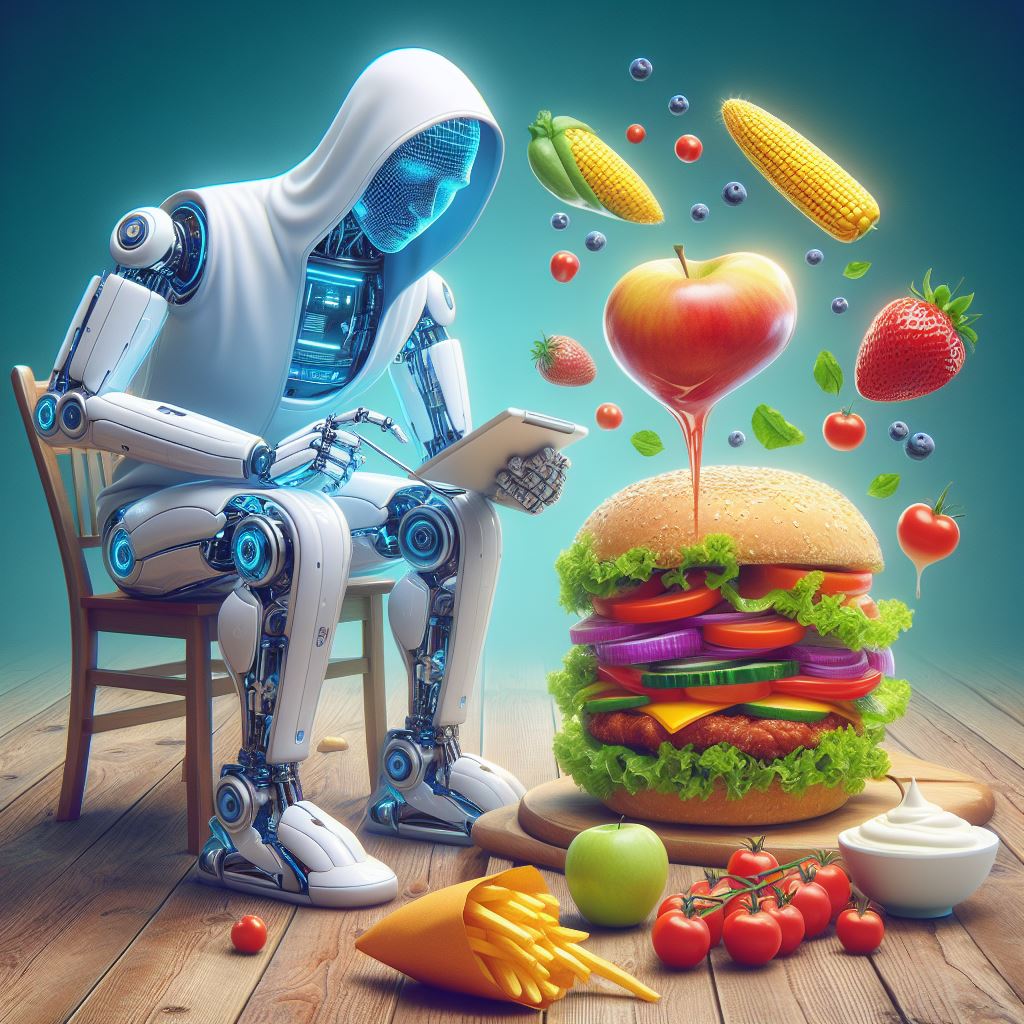
Origins and Current Applications:
The roots of food robotics can be traced back to the early 1960s when the first industrial robot, Unimate, was introduced to the world. However, it is in recent years that advancements in technology have propelled the field of food robotics to new heights. Today, robots are being used in various culinary tasks, such as food preparation, cooking, serving, and even customer service.
In restaurants, automated kitchen assistants are taking over repetitive tasks, such as chopping, slicing, and mixing ingredients. These robots not only enhance efficiency but also maintain consistent quality and reduce the risk of human error. Additionally, robotic arms equipped with advanced sensors and computer vision technology can precisely assemble and plate dishes, ensuring visually appealing presentations.
Catering services are also benefiting from food robotics, as automated food delivery systems streamline the process of serving large volumes of food at events. These systems can navigate through crowded spaces, delivering meals to guests efficiently. Furthermore, robotic bartenders are gaining popularity, showcasing their mixology skills and providing an interactive experience for customers.
Food manufacturing is another sector witnessing a significant impact from food robotics. Automated production lines equipped with robots can handle repetitive tasks, such as packaging and sorting, with speed and precision. This improves productivity, reduces costs, and ensures consistency in food quality.
Integration of AI, Machine Learning, and Computer Vision(Food Robotics):
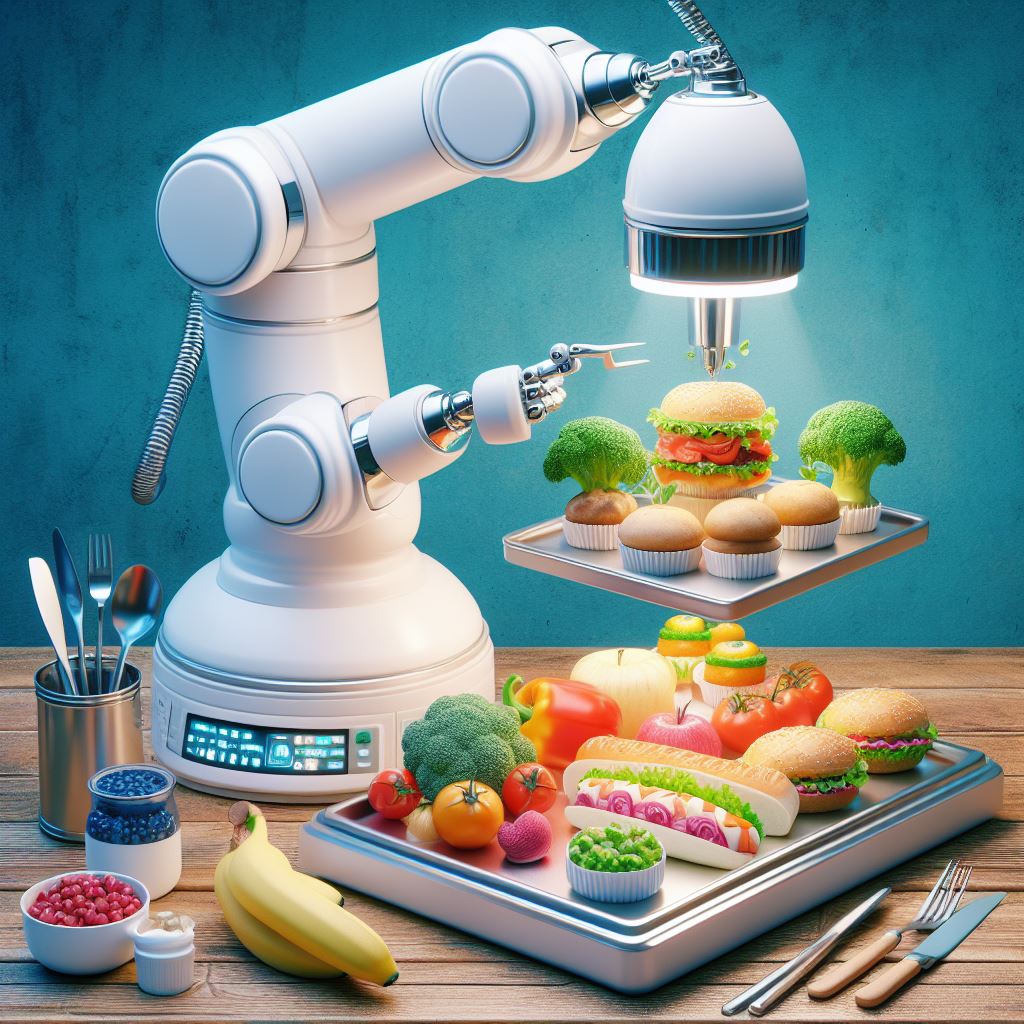
Artificial intelligence, machine learning, and computer vision play crucial roles in the evolution of food robotics. These technologies enable robots to adapt, learn, and make intelligent decisions based on the data they receive. By analyzing vast amounts of information, robots can optimize their performance and respond to varying situations in real-time.
Computer vision allows robots to identify and analyze objects, making it possible for them to navigate complex environments and interact with food items accurately. This capability ensures that robots can handle delicate ingredients, adjust cooking times, and maintain food safety standards.
Benefits, Challenges, and Ethical Considerations:
The adoption of robot brings numerous benefits to the culinary world. Increased efficiency and productivity lead to reduced costs and faster service, enhancing customer satisfaction. The precision and consistency achieved by robots result in improved food quality and reduced waste. Moreover, food robotics can address labor shortages in the industry, ensuring that restaurants and catering services can meet growing demands.
However, challenges and ethical considerations also accompany the rise of food robotics. The initial cost of implementing robotic systems can be prohibitive for small businesses. Furthermore, concerns about job displacement and the loss of human touch in food preparation and service have been raised. It is crucial to strike a balance between automation and human involvement to preserve the artistry and cultural heritage associated with cooking.
Future Possibilities:
As technology continues to advance, the future of food robotics holds even more exciting possibilities. We can envision robots that specialize in specific cuisines, replicating the techniques and flavors of renowned chefs from around the world. Additionally, personalized nutrition and dietary needs can be addressed through robotic systems that tailor meals to individual requirements.
and in the end
Food robotics is revolutionizing the culinary world, transforming the way we prepare, serve, and consume food. With the integration of artificial intelligence, machine learning, and computer vision, robots are enhancing efficiency, precision, and consistency in various sectors of the food industry. While we cannot overlook the benefits of food robotics, they exist alongside challenges and ethical considerations.By embracing this emerging field, we can unlock a future where technology and culinary artistry coexist, delighting our taste buds and pushing the boundaries of gastronomy.
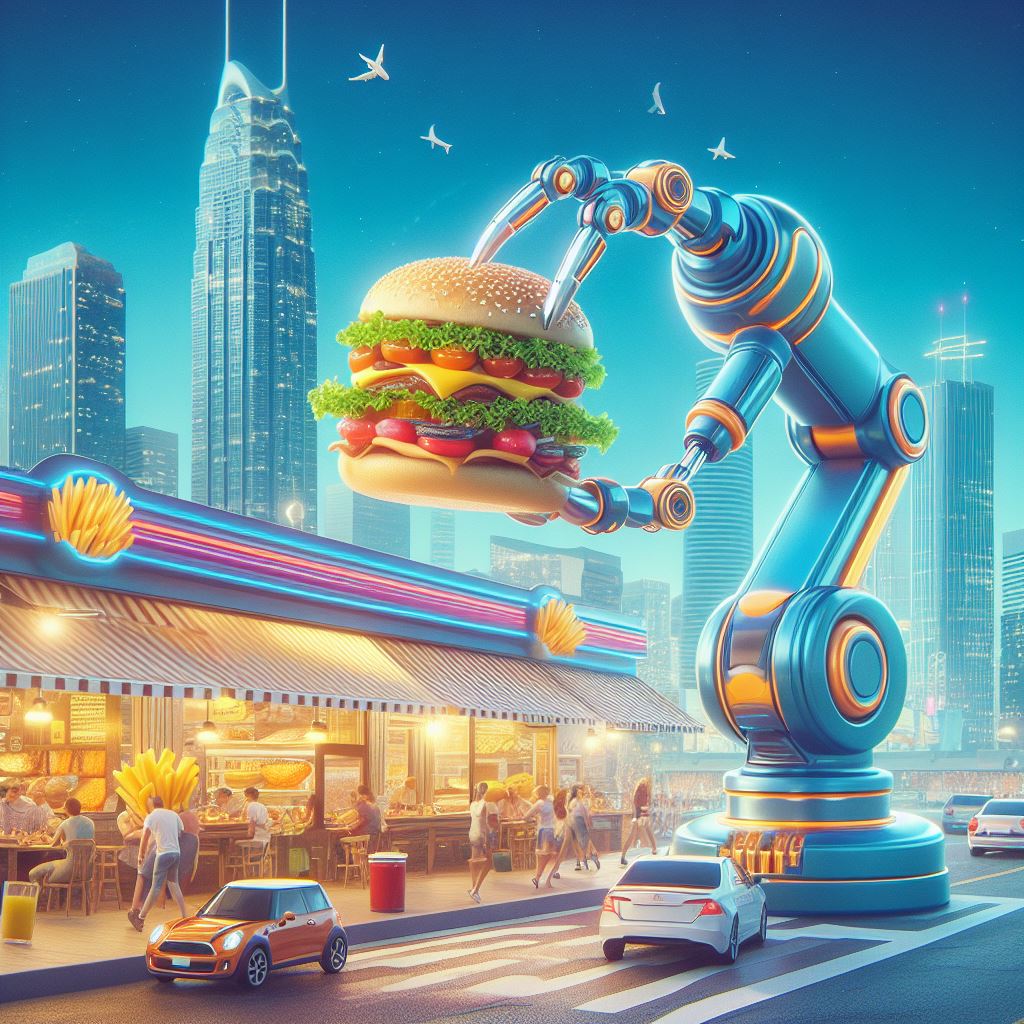
The creator has created the images used artificial intelligence
Helped by chat GPT.
